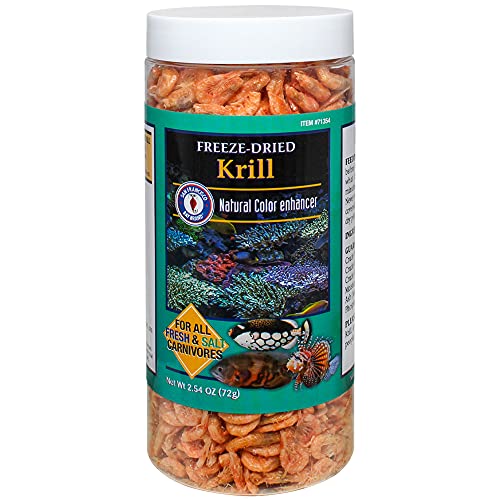Most of the binding that takes place is not between Ca++ and PO[SUB]4- [SUP], [/SUP][/SUB]yielding Calcium Phosphate but between Ca++ bound to CO[SUB]3 [/SUB]- in carbonate minerals like Cacite, CaCO[SUB]3. [/SUB]Here, lets say, in the Calcite or Aragonite, where allot of the Ca++ is exposed at the crystal lattice surface, the PO[SUB]4 [/SUB]attaches to the Ca++ vis a Ionic bond, just like it attaches to CO[SUB]3[/SUB]--. How much takes place is dependent on solution kinetics. In Seawater, the best binding takes place at a pH above 8.4.
The addition of Kalk, also causes the precip of CaPO[SUB]4 [/SUB] brought on by the very local pH, where the Kalk is added and brought on by the very high local pH where the Kalk is added and the reaction that takes place.
2H3PO4[phosphate] + 3Ca(OH)2 [kalk]-------> Ca3(PO4)2 [calcium phosphate] + 6H2O
Dissolution also is a function of solution kinetics, ie., Salinity, pH, temp, Alk, Ca++, etc. It is impossible to know where this is going to take place, only that low pH is a major dissolution factor and there is no real data at what pH that is but we can assume it will be in acid conditions. Calcium phosphate is much harder to dissolve that Calcium carbonate like Calcite or Aragonite. So, at least in pH water below 7.
As far as GFO and its need to pick-up bound PO[SUB]4[/SUB], it can't remove it. Only free PO[SUB]4[/SUB] can be bound to GFO. As far as that bound PO[SUB]4[/SUB] and using GFO, in case said PO[SUB]4[/SUB] is released from the carbonate minerals, it is OK to use but don't bet on much bound PO[SUB]4[/SUB] is going to be released from carbonate minerals. Most phosphate issues are the guy in the mirror, not cleaning his/ her tank, over feeding, not paying attention to labels and how much phosphate they have. Most phosphate issues are not from PO[SUB]4[/SUB] but from organic phosphates, which your kit can not measure, unless you have the full blown phosphate kit from HACH, for $ 150.
Lastly, once LR or carbonate minerals become coated with organics and/ or bacteria the are very poor at PO[SUB]4 [/SUB]removal, although there may be a wee tad that still gets bond to the carbonate minerals through diffusion. But here too, like clean fresh surfaces, equilibrium will be reached and any further binding will cease.





























































